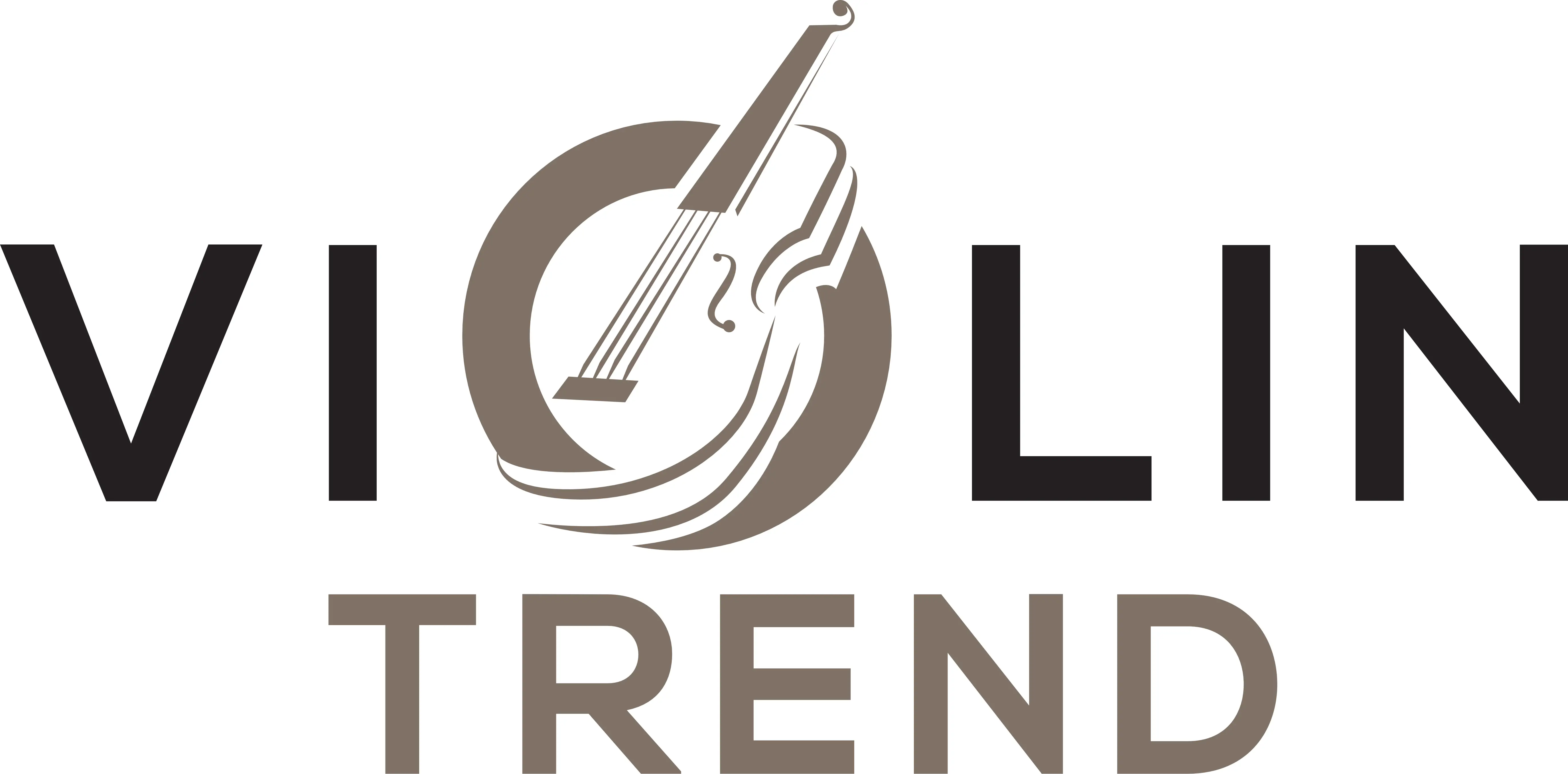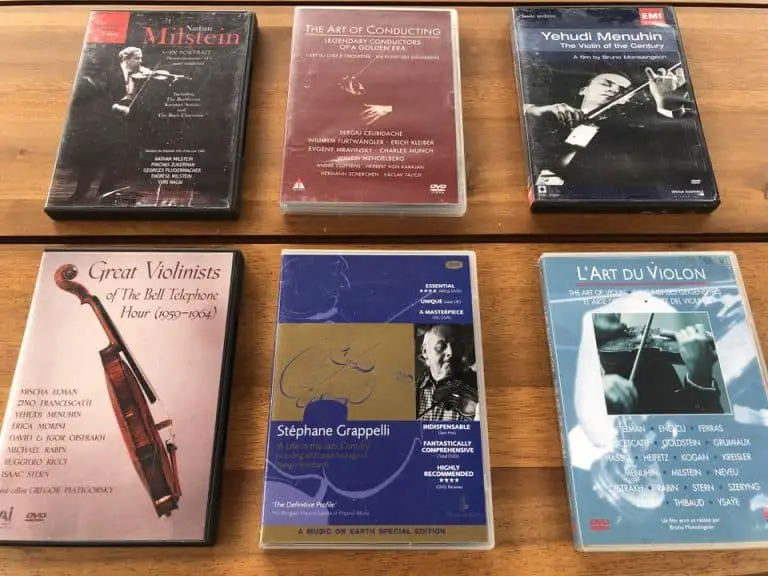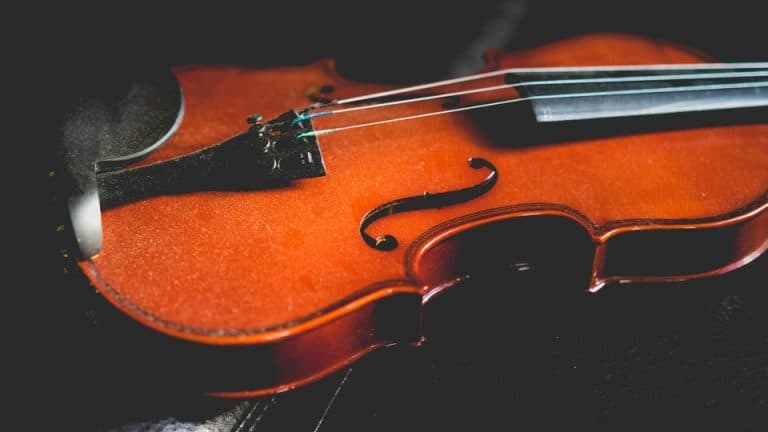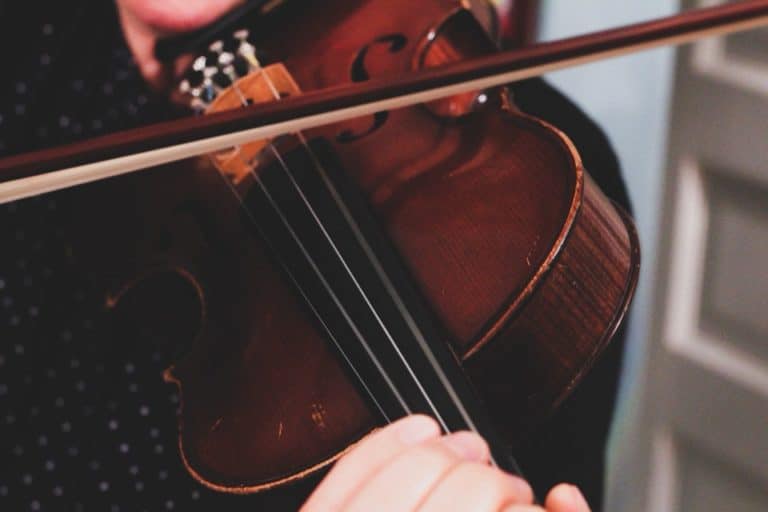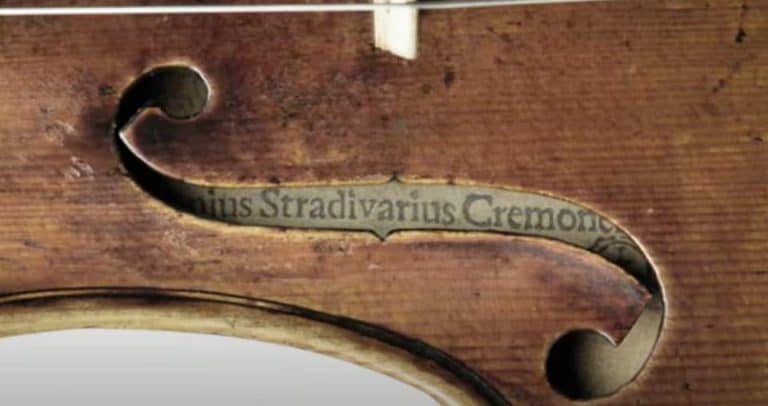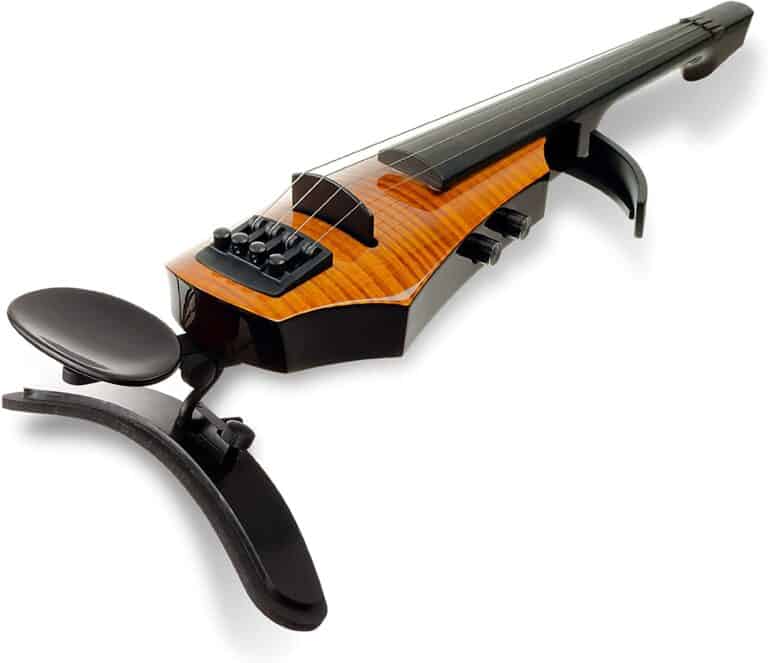How to Start Playing the Violin Again?
This happens so many times: as a child or teenager, you got bored with learning the violin and preferred to go and meet your friends. You didn’t want to study alone: you wanted a social life and fun. Now, as an adult, you regret it. You would love to be able to play the violin. Now you understand the merits of it; you would like to have that extra spice to your life. Maybe be part of a band. At least broaden your social circles of friends. Is it too late?
No, it is never too late to start the violin again. First, have your strings changed and your violin fixed by your local luthier. Then, envision what to do and play to set yourself a goal. Select a good teacher to help you along the way. Be patient, adopt a slow and steady pace as it will pay in the long run.
There are many tips, though, that can accelerate the process and a few guidelines that are crucial to it, so if you want to get the most chances to succeed, be well prepared to avoid quitting a second time.
Go to your local violinmaker
If you have stopped playing your violin for many years, chances are it is not in such good condition anymore.
The strings
The strings might still look good because no rust can damage them as they are made with a non-corrosive material. But do not trust how they look. After all those years, they have been damaged because of the tension. They have been stretched, and most likely in a non-even way. Which is a no go for sound and intonation. So first thing first, go and get yourself a new set of strings.
I remember that when I was a young student, I used to keep my strings for too long (even though my parents would have willingly pay for a new set for me…). I spent hours practicing double stops and particularly fifth. The intonation was bad; I wasn’t happy with my tone either. I couldn’t get the proper position for my finger to stop the two strings at once. I was so desperate that I went to my luthier to check my violin. He just sold me new strings, and my fifth became in tune right away! So never hesitate to put new strings on a violin that hasn’t been played for a long time.
The violin
Now, let’s say you have replaced strings yourself. I still would highly recommend to go and have your violin checked by your local luthier. For many years, the violin might have sit with broken strings, or no strings at all, or strings with the wrong tension. In those conditions, many elements might have moved, or been altered, in the violin itself.
That is why I recommend having your violin inspected before new strings are put as applying tension with a missing sound-post, for example, might break the violin.
There are many things to check for the violin to sound but also to play properly:
- The bridge must be in its good place;
- The bridge must be straight and not inclined;
- The sound-post must be exactly in the right position;
- Cracks must be checked on the soundboard before they become major;
- Tailpiece for strength;
- fingerboard to be straight;
- height of strings for playability;
- pegs and pegbox for ease of tuning;
- choice of strings: types and tensions;
A luthier will help you choose the right strings for you, depending on your level, the type of violin you have, and the setup he or she recommends. Some strings are more comfortable than others. They might project less, be less loud and brilliant, but easier to play. At your violin shop, you might even get to try out strings and decide your own custom set. So, no hesitation, do not settle for the cheapest strings on the internet and call it a day. Strings are really important for playability and depend on both the violin as the violinist.
With the tension of the strings newly applied to the violin, the pressure is exerted again after many years. So it is of most importance to put everything back together in a good and safe way to protect your investment and your violin not to brake.
Furthermore, the position and good state of the bridge and sound-post are crucial to the violin sound and playability. You will be far less frustrated with a better sounding violin and be encouraged to play and study far more. As for playability, a well set-up violin will provide you with better intonation, a straight fingerboard, without places more worn out than the others, and also, very importantly, the right string height.
So you will protect your time investment, and there is no small economy there. You have committed yourself to meet an audacious challenge: your tool must be on your side. You shouldn’t be fighting your violin.
The bow
No hesitation here again. Your bow has been waiting for you for many years. But it didn’t stand still: it got bad habits. Even though the hairs look good, they have definitely stretched, worn out, broken in an uneven way, got fragile, and damaged by humidity.
You just wouldn’t put an old car back on the road with its original old tires.
So a violin maker or bow maker will change the hairs in no time for a very reasonable price.
New bow hairs are tight, dry, evenly put together. On a microscopic level, the scales are new and will hold the rosin well. They will play the strings far better this way.
The violin (or bow) maker will have the bow itself checked and straighten if necessary. Its curve will be adjusted for elasticity if needed.
This is important because if the bow has been unused for a long time, its shape can be altered, especially if it has been stored with tension on the hairs.
A straight bow will help for détaché and overall stability, for chords at the frog, and draw the bow straight in general.
A right curve will be necessary for all bow strokes that involve natural elasticity: saltellato, spicatto, staccato to name a few.
So if you intend to make good progress in that area, a good bow is important.
Should I find a good teacher or learn by myself?
We’ve seen how difficult the violin is: let’s not make it even more difficult. I don’t think it is a good idea to learn the violin again all by yourself. If you don’t want to go to a teacher’s school just yet, at least find a friend to help you and lend you a second pair of ears and eyes.
With a teacher, whether a classical or bluegrass one, you will get a direction, the experience of someone who’s been there. You will not be alone and helpless in the difficult times you might encounter.
A teacher will help you see the big picture, provide you with techniques, motivation, scores of progressive difficulty, and even a band.
Find the right mindset: do not concentrate on the fingers
Even though the first things we see and touch are instruments and fingers, this is not the important part. The instrument is just an instrument, a means to an end. Your fingers are just passive tools. Dexterity does not live inside the fingers. Everything is mind-brain related. That is why you should get the right mindset.
Of course, exercising the fingers is important to build up muscles and joints flexibility. But it is not the crucial part: exercising the fingers allows you to build up brain connections that have been lost during all the years you have spent without playing the violin.
I will not develop here the brain involvement part of violin playing. But in a nutshell, if you want to get good results, keep in mind exercising regularly is essential.
Do not start the violin again to play only over the weekend. Practice times will be too spaced out. Practice a bit every day, even for only 20 minutes. For even better results, practice for 20 minutes twice a day: this is the best way to recreate connections in your brain that will allow playing the violin. So the multiple occasions you will spend playing will be far more useful than a long irregular work.
So this is quite encouraging. The involvement required is not overwhelming: it is just light and regular.
Another pro tip: if you can’t find the time or the opportunity to practice, play mentally your music. You won’t exercise your fingers but at least exercise your brain, which is at least as important.
In conclusion
Playing the violin is good for you. For you ear, brain, memory and even social life. You have made a decision already to start the violin again or you consider it still: do not hesitate. It will bring you true joy and happiness. But don’t be alone, get help, and you will avoid frustration as much as possible. But the key is not to go too fast. Take a slow but steady progression. With good checked out and updated bow and violin, you have the right tools. With a good teacher, the right help. Everything is on you. Share your music, share your joy. Practice a little every day, and you will see progress more rapidly than anticipated. Especially when adult, time flies by. You will be a good violinist as you would like in no time if you don’t quit because you want to go too fast.
All the advice I gave on how to relax playing the violin can be a good read for you as well, as adults always tend to be more tense than children.
Lastly, you might be interested in the advice on how to start the violin as an adult.
Success depends on the regularity of small steps. To avoid frustration, ask for help, and enjoy music right on. It will fuel your progression. And close the eyes: feel that Violin Trend!
